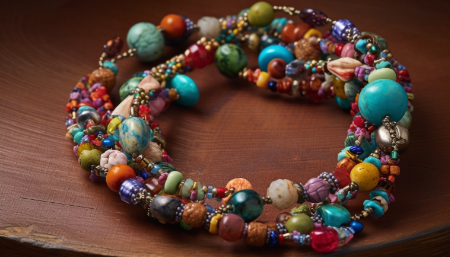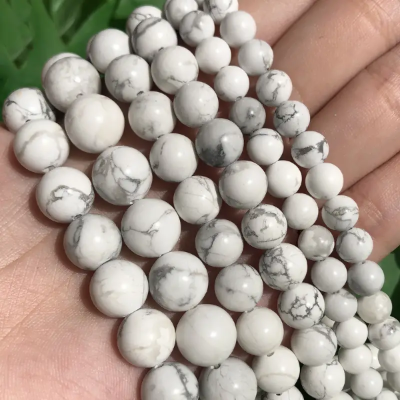
If you’re the proud owner of lampwork bead jewelry, you already know how special these little works of art are. Handcrafted over an open flame, each bead carries the heart and soul of the artist who made it. Whether it’s a vibrant bracelet, a delicate pendant, or statement earrings, these beads add a splash of color. They also add personality to your collection.
But just like any cherished piece, lampwork bead jewelry needs a little TLC to keep it looking its best. The good news? With a few simple steps, you can ensure your pieces stay as beautiful as the day you brought them home. Let’s dive into some easy care tips!
1. Handle with Care
Lampwork beads are made from glass, which means they’re sturdy — but not indestructible. It’s best to treat them like fine glassware. Avoid dropping your jewelry on hard surfaces. Try not to toss your pieces into a crowded jewelry box. They might knock against metal or other beads.
When taking off your lampwork bead jewelry, set it down gently on a soft surface. A jewelry tray with a velvet lining or even a clean, soft cloth will do the trick.

2. Keep Them Clean (But Gently!)
Over time, your lampwork beads might lose a bit of their sparkle due to skin oils, lotions, or everyday dust. To clean them, simply wipe each bead with a soft, damp cloth. Microfiber cloths work beautifully for this.
For a deeper clean, you can use a mild soap diluted in water. Dip a soft cloth into the soapy solution and gently wipe the beads. Make sure to rinse with a cloth dipped in clean water afterward, and dry thoroughly. Do not soak the entire piece. This is particularly important if it includes other materials like metal, leather, or adhesives. These materials might not appreciate a bath.
3. Avoid Harsh Chemicals
This tip applies to most jewelry, but it’s especially important for lampwork beads. Perfumes and hairsprays can damage the finish on your beads. Cleaning products can also harm them. Even chlorine from swimming pools can weaken the stringing materials.
Make jewelry the last thing you put on when getting ready. Do this after applying perfume and hairspray. Make it the first thing you take off when you get home. Your beads will thank you!
4. Store Them Safely
Storing your lampwork bead jewelry properly can extend its life by years. Keep each piece in its own soft pouch. Alternatively, use a separate compartment in your jewelry box. This will prevent scratching or tangling. If you’re traveling, consider wrapping your jewelry in a soft cloth and placing it in a padded case.
5. Be Mindful When Wearing
While lampwork beads can be quite durable, it’s best to avoid wearing them during heavy physical activities. Gardening, exercising, or even deep cleaning can expose your jewelry to knocks, sweat, and dirt.
Also, avoid exposing your beads to extreme temperature changes, as this can stress the glass. So, maybe skip wearing them in the sauna or during that icy winter walk!

6. Regularly Inspect for Wear and Tear
Take a few moments every so often to inspect your lampwork bead jewelry. Check for any fraying cords, loose clasps, or beads that might have developed small chips. Catching small issues early can save your jewelry from bigger problems down the line.
If you notice any damage, consider reaching out to a professional jeweler (like us at Scott Jewelry Design!) who can help with repairs or restringing.
7. Love Them Often
And last but not least — wear your lampwork bead jewelry with joy! While care and maintenance are important, these beautiful pieces are meant to be seen and enjoyed. Rotate them with your other favorites to ensure they each get a turn in the spotlight. This way, you’ll keep your collection feeling fresh and exciting.
Final Thoughts
Lampwork bead jewelry is more than just an accessory — it’s wearable art. With just a little extra care, your pieces will stay radiant and vibrant for years to come. Treat them gently. Keep them clean. Store them safely. They’ll continue to brighten your days. They will get those compliments rolling in.
At Scott Jewelry Design, we take pride in creating pieces that last. We’re always here if you have questions about caring for your collection. So go ahead — show off those beads, and let them shine!
In My Shop
Boho Lampwork Bead Necklaces
These Boho Lampwork Bead Necklaces are composed of Lampwork beads, metal spacer beads and floral toggle clasps
5 in stock
Sources
(1) Freepik





